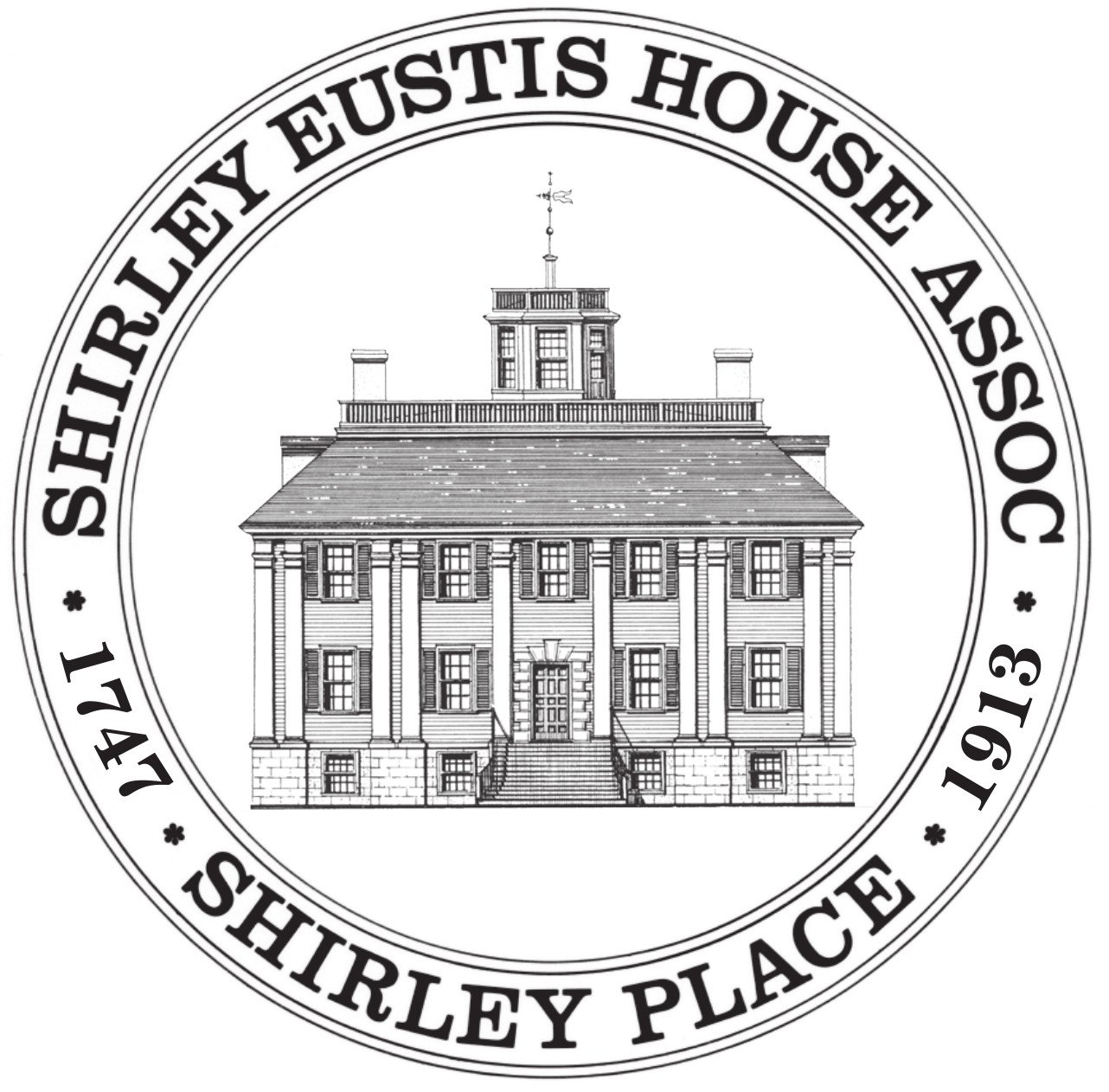
History of the Mansion
The entry vestibule’s marble floor can be glimpsed through the fifteen panel door. Both Georgian era features are original to the mansion. Photo: Tina Rodocker.
The Shirley-Eustis House was built in bucolic Roxbury in 1747 by William Shirley as his country estate. Shirley was Royal Governor of the Province of Massachusetts Bay from 1741-1749 and 1753-1756. In 1756 he was also appointed by King George II Commander-in-Chief of all British and Colonial Forces in North America. In this grand example of English Palladian design, Governor Shirley and his family lived very public lives as representatives of the British Empire. Their persons, their house, and the grounds were cared for by a staff of enslaved Africans, indentured servants and sometimes idle soldiers.
Shirley’s summer estate was one of the grandest in Roxbury and frequently received Benjamin Franklin as well as countless Boston and Cambridge elites.
"The Shirley Place" was later commandeered by the Massachusetts Sixth Regiment to serve as a barracks and hospital during the Siege of Boston (April 1775 through March 1776). After the Revolutionary War it was owned by a succession of elite families including Jean-Baptiste du Buc, counselor to Louis XVI of France, and Madame Bertille de Fitzpatrice. As white refugees from the Haitian Revolution, both du Buc and de Fitzpatrice may have brought enslaved people with them, but our research has not confirmed this yet. as the century turned, the estate was purchased by Captain James Magee, a privateer and trader. As one of the first Boston merchants to visit either Batavia or Canton, Magee acquired a fortune trading opium and other goods from China both for himself and the smuggler and slave trader Thomas Handasyd Perkins.
Eustis bedchamber. Photo: Andrew Saxe
In the early 19th century William and Caroline Eustis, purchased the house from Magee’s widow. Fresh from a three year tour of diplomatic service in Belgium and Holland, they were taken with the European splendor and scale of the architecture. Like Governor Shirley, they entertained lavishly to maintain their political status. In 1824 they hosted the Marquis de Lafayette and held a major fete in his honor. Until William Eustis’s death in 1825 their regular guests included John Quincy Adams, Henry Clay, Daniel Webster, Aaron Burr and John C. Calhoun.
After the widow Eustis’ death in 1865 the Mansion was sold, its land subdivided, and the house relocated 60 feet to the southwest. For many years after its sale the house was owned by Hannah Osgood, who funded its expensive upkeep by running it as a boarding house. Meanwhile the formerly rural neighborhood surrounding the house was filling up with modest homes built by and for Boston’s rapidly assimilating Irish immigrants. By 1900, however, the aging structure was a tenement falling quickly into disrepair. In 1915 it was condemned and slated for demolition.
The dedication of the Shirley-Eustis House Association and the public led to the Mansion being restored by 1985. With the exception of the lost piazzas and verandas, the house now looks very much as it did in 1820. Although primarily evocative of the period of the Eustis residency, its furnishings and collections also include several pieces from the Shirley era.


